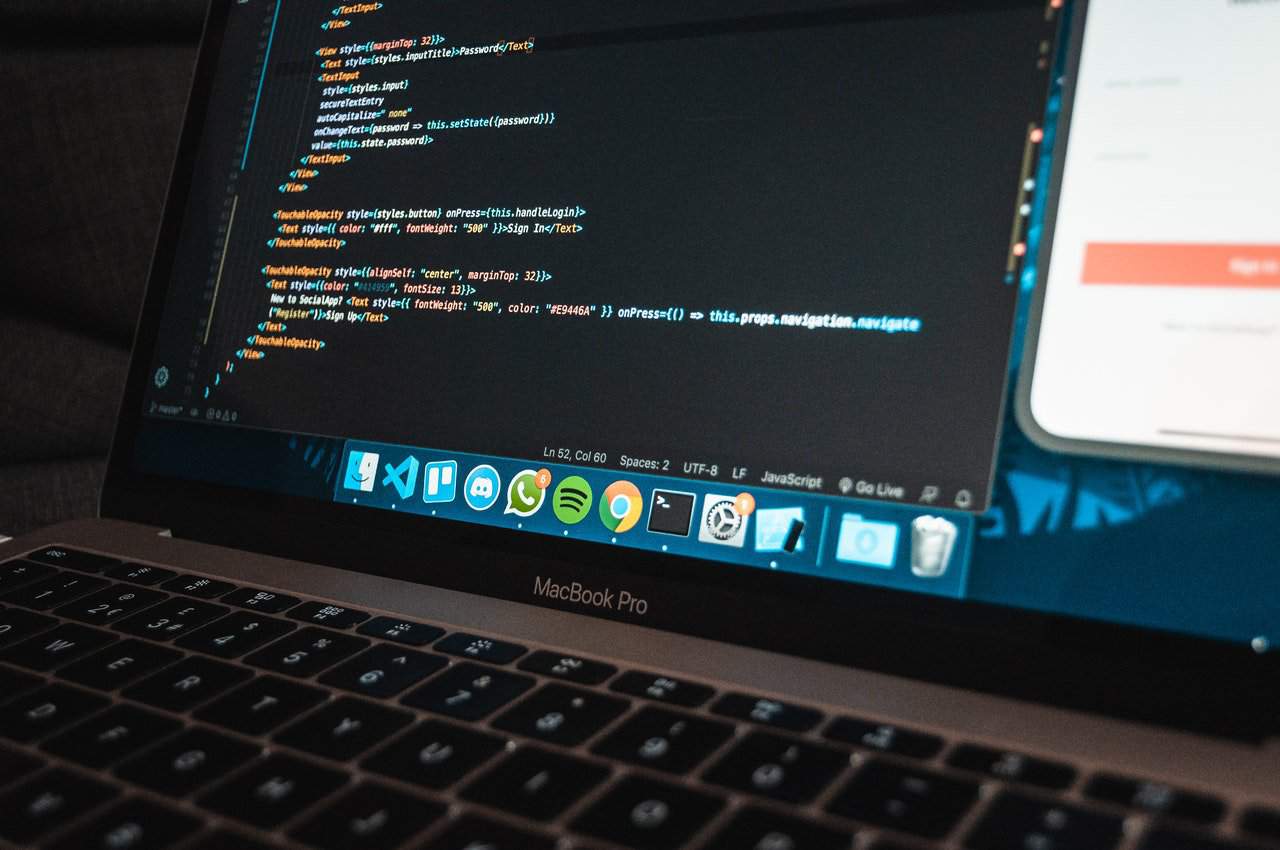The internet is an ever-changing environment, and it can be challenging to keep your code secure as new vulnerabilities are discovered. The most important thing is to ensure that you’re always on top of any vulnerabilities in the software used for your web applications.
It’s also important to consider how personal data might be misused if malicious actors can access it. Ultimately, security should be an ongoing activity in your web development process rather than something that gets dealt with only when a breach occurs; this article will help get you started on the right track.
Look at the code you’re using to see where it’s vulnerable

Reviewing it is the best way to ensure your code is secure. This can be done manually or automatically, depending on the complexity of your application and the resources available.
If you’re just getting started with assessing security, a manual review can be an excellent first step—especially if you’re working with older applications that haven’t been updated in years. However, it isn’t ideal because it’s time-consuming and labor-intensive, but it’s effective at finding known vulnerabilities like cross-site scripting (XSS) and SQL injection attacks in web applications.
Suppose you have more modern applications that use frameworks like Ruby on Rails or NodeJS and run an automated build process. In that case, an automatic scanner, like JFrog Xray, may help find new vulnerabilities, such as open redirects or insufficient transport layer protection (HTTPS). The goal here is not only to find new bugs but also to understand how those bugs impact users’ experience of using your product to feel safe using it.
Relying on only one dependency for a security solution is risky because there are no backups if one fails
If you’re like most developers, your goal is to create a fast, secure, and reliable website. But securing complex web applications has become exponentially more complicated over the years.
Achieving this level of security requires multiple layers of protection. When one fails, it’s essential to have backups in place so that you can quickly address any issues before they escalate into more significant problems.
There are many ways to increase the security of your web application, but an excellent place to start is by using multiple authentication factors. A multi-factor authentication system adds a layer of protection beyond just passwords or single-use codes by requiring users to provide two or more pieces of information before gaining access.
Consider how personal data could be misused if malicious actors access it

Let’s say you’re building a website that gathers personal information from users. If someone steals their data, they could use it for any number of nefarious purposes:
- Identity theft—stealing someone’s identity to commit fraud or open credit lines in their name.
- Blackmail—threatening to expose something about someone unless they pay up.
- Political purposes—using personal data to pressure politicians into taking certain positions on issues. For example, if an influential politician has been caught using racial slurs on tape and the wrong person gets hold of those tapes, blackmailing them may be an effective tactic for creating change in our political system (if we ever see such an event happen).
Awareness of the data you’re putting out there and how it might be used is the first step toward protecting yourself.
Review your source code and update it when necessary to address security vulnerabilities
Review your source code and update it when necessary to address security vulnerabilities. Vulnerabilities can be introduced into a web application in many ways: by the programming language, framework, or library you use; by the way you write code; or by third-party software that interacts with yours. Sometimes, these vulnerabilities may result in data loss or theft.
The best way to avoid security risks is to review your source code and update it when necessary. Suppose you’re building a new application from scratch. In that case, starting with secure coding standards and coding training programs is essential to minimize the risk of introducing vulnerabilities into your system before its release date.
Security should be an ongoing, evolving process rather than something that gets dealt with only when a breach occurs

Your security processes should be a never-ending, evolving process rather than something that gets dealt with only when a breach occurs. That’s because there are many ways to make your website more secure, and what you’re doing now may not be enough five years from now.
You should always look for new tools and techniques to improve your team’s ability to stay ahead of threats by preemptively identifying them as they emerge and updating your protection as necessary.
Conclusion
Ultimately, it’s all about balancing security and business needs. You don’t want your team spending too much time on this stuff, but you also want them to take precautions to keep your data safe from malicious actors who may try to access it through your website.
To ensure that balance is maintained, we recommend reviewing this article once a year and ensuring all of your libraries are up-to-date with the latest security patches.

